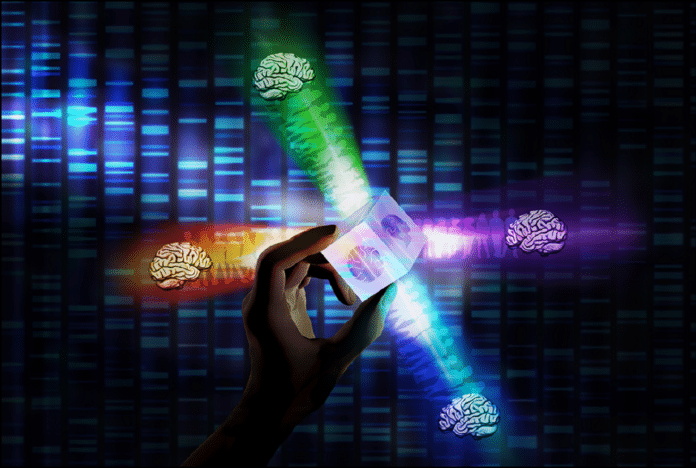Autism spectrum disorder (ASD) is a complex neurodevelopmental condition characterized by various challenges in social interaction, communication, and repetitive behaviors. However, ASD encompasses a diverse spectrum of symptoms and presentations, making it difficult to understand and categorize effectively. In a groundbreaking study, researchers have employed advanced neuroimaging techniques to identify four distinct subtypes of autism based on patterns observed in the brain.
A recent study conducted by investigators from Weill Cornell Medicine revealed four distinct subtypes within autism spectrum disorder (ASD). Using machine learning techniques, the researchers analyzed neuroimaging data from 299 individuals with autism and 907 neurotypical individuals. The study identified specific patterns of brain connectivity associated with various behavioral traits observed in people with autism, including verbal ability, social effect, and repetitive or stereotypic behaviors.
Furthermore, the researchers replicated the four autism subgroups in an independent dataset. They found that regional gene expression and protein-protein interaction differences accounted for the observed variations in brain activity and behavior. These findings provide valuable insights into the heterogeneity of ASD and offer potential avenues for tailored interventions and an improved understanding of the underlying mechanisms of the disorder. The study was published in Nature Neuroscience on March 9th.
Co-senior author Dr. Conor Liston, an associate professor of psychiatry and neuroscience in the Feil Family Brain and Mind Research Institute at Weill Cornell Medicine, said, “Like many neuropsychiatric diagnoses, individuals with autism spectrum disorder experience many different types of difficulties with social interaction, communication, and repetitive behaviors. Scientists believe there are probably many different types of autism spectrum disorder that might require different treatments. However, there is no consensus on how to define them. Our work highlights a new approach to discovering subtypes of autism that might one day lead to new approaches for diagnosis and treatment.”
Researchers from Weill Cornell Medicine conducted a study using machine learning techniques to identify distinct subgroups within individuals with autism spectrum disorder (ASD). Inspired by previous research on depression subtypes, the team, led by Dr. Amanda Buch, aimed to determine if similar subgroups exist in autism and if different gene pathways contribute to their development. By combining neuroimaging, gene expression, and proteomics data, the researchers sought to understand the unique biological diversity of autism and personalized therapies for individuals.
The study was made possible by a substantial dataset provided by Dr. Adriana Di Martino and colleagues, overcoming previous limitations in obtaining sufficient functional magnetic resonance imaging (fMRI) data for large-scale machine learning studies.
Researchers at Weill Cornell Medicine have made significant advancements in understanding the complexity of autism through the use of machine learning techniques. By analyzing thousands of genes, brain activity, and behavioral variations, they identified four distinct subgroups of people with autism, each with unique characteristics. The study revealed that certain brain connections were hyperactive in subgroups with more social impairment and weak in those with more repetitive behaviors.
Additionally, the team found gene expressions and protein interactions associated with these atypical brain connections, including oxytocin, which is linked to positive social interactions. The findings suggest the potential for targeted treatments for specific subgroups of individuals with autism. The team’s research has received positive feedback from individuals with autism, who find the data helpful in understanding their own experiences.
In conclusion, the study demonstrates the power of machine learning techniques in unraveling the complex nature of ASD. By identifying distinct subgroups within the ASD population and uncovering the molecular and network-level mechanisms associated with individual differences, this research provides valuable insights for developing personalized treatments. The findings offer hope for improved outcomes by targeting specific subgroups and emphasize the importance of considering heterogeneity in future ASD research and clinical trials.
Journal Reference:
- Buch, A.M., Vértes, P.E., Seidlitz, J. et al. Molecular and network-level mechanisms explaining individual differences in autism spectrum disorder. Nature Neuroscience. DOI: 10.1038/s41593-023-01259-x
